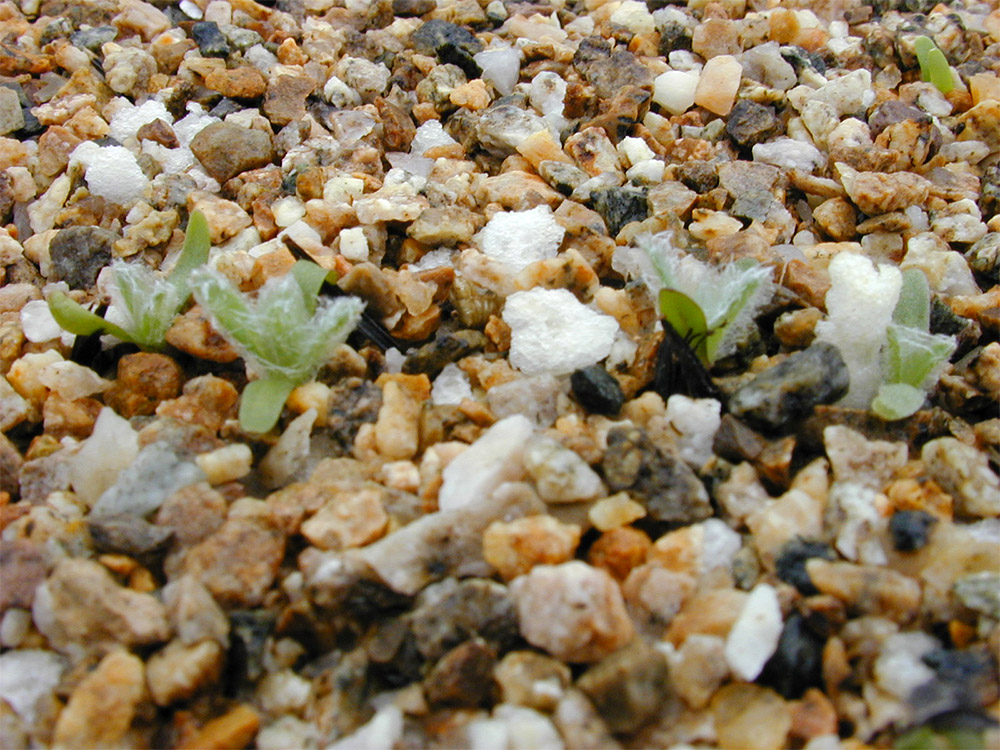May 19, 2025
UNOC 3 Position Paper
Read our position paper on The 3rd United Nations Ocean Conference (UNOC 3) to see why we're attending and what we aim to accomplish!
We use cookies to help you navigate efficiently and perform certain functions. You will find detailed information about all cookies under each consent category below.
The cookies that are categorized as "Necessary" are stored on your browser as they are essential for enabling the basic functionalities of the site. ...
Necessary cookies are required to enable the basic features of this site, such as providing secure log-in or adjusting your consent preferences. These cookies do not store any personally identifiable data.
Functional cookies help perform certain functionalities like sharing the content of the website on social media platforms, collecting feedback, and other third-party features.
Analytical cookies are used to understand how visitors interact with the website. These cookies help provide information on metrics such as the number of visitors, bounce rate, traffic source, etc.
Performance cookies are used to understand and analyze the key performance indexes of the website which helps in delivering a better user experience for the visitors.
Advertisement cookies are used to provide visitors with customized advertisements based on the pages you visited previously and to analyze the effectiveness of the ad campaigns.

Hawai’i’s Volcanoes National Park is known for the Kīlauea Volcano, but these days conservationists are excited about the park for another reason. Namely, they are excited about the Ka‘ū Silversword and Pele Lobeliad–two plant species that were on the brink of extinction two decades ago.
The plant species are endemic to Hawai’i–they’re found nowhere else in the world. Conservationists are excited about the thriving populations of the species within the park. The native plant populations had once been reduced to almost nothing due to competition with invasive plants and grazing by invasive mammals. The Kau Silversword is easily seen in the park by hiking along Mauna Loa Road. Park Botanist Sierra McDaniel commented:
That’s an area that we’re building up as a viewing area for visitors, so it’s separate from our reintroduction area…It’s the only place in the world that you can see Ka‘ū Silversword that’s accessible.

While more than 21,000 individual Ka‘ū Silversword plants are found in the park, only 1,000 Pele grow there. The population of Pele is currently inaccessible to visitors due to its remote location. McDaniel and his team believe this will change in upcoming years as they work to further expand the plant’s range in the park. The return of Pele also gives conservationists hope for the native Honeycreepers that feed on the nectar of the plant.

Conservationists are hopeful for the future of Hawai’is endemic plant life and the recovery of these Endangered species. Reviving these native plants is vital to the overall health of the ecosystem. McDaniel commented:
Just like we have our role in our communities, these plants have a role in their communities as well.
Removing invasive plants and reintroducing these native and threatened species has proven fruitful. Conservationists in the park hope this will continue and the plants can once again thrive in their native ecosystem.
Featured Photo: Native Yellow-faced Bee on a Ka‘ū Silversword flower. Credit: Hawaii Volcanoes National Park
Source: Los Angeles Times
Check out other journal entries we think you might be interested in.
Notifications